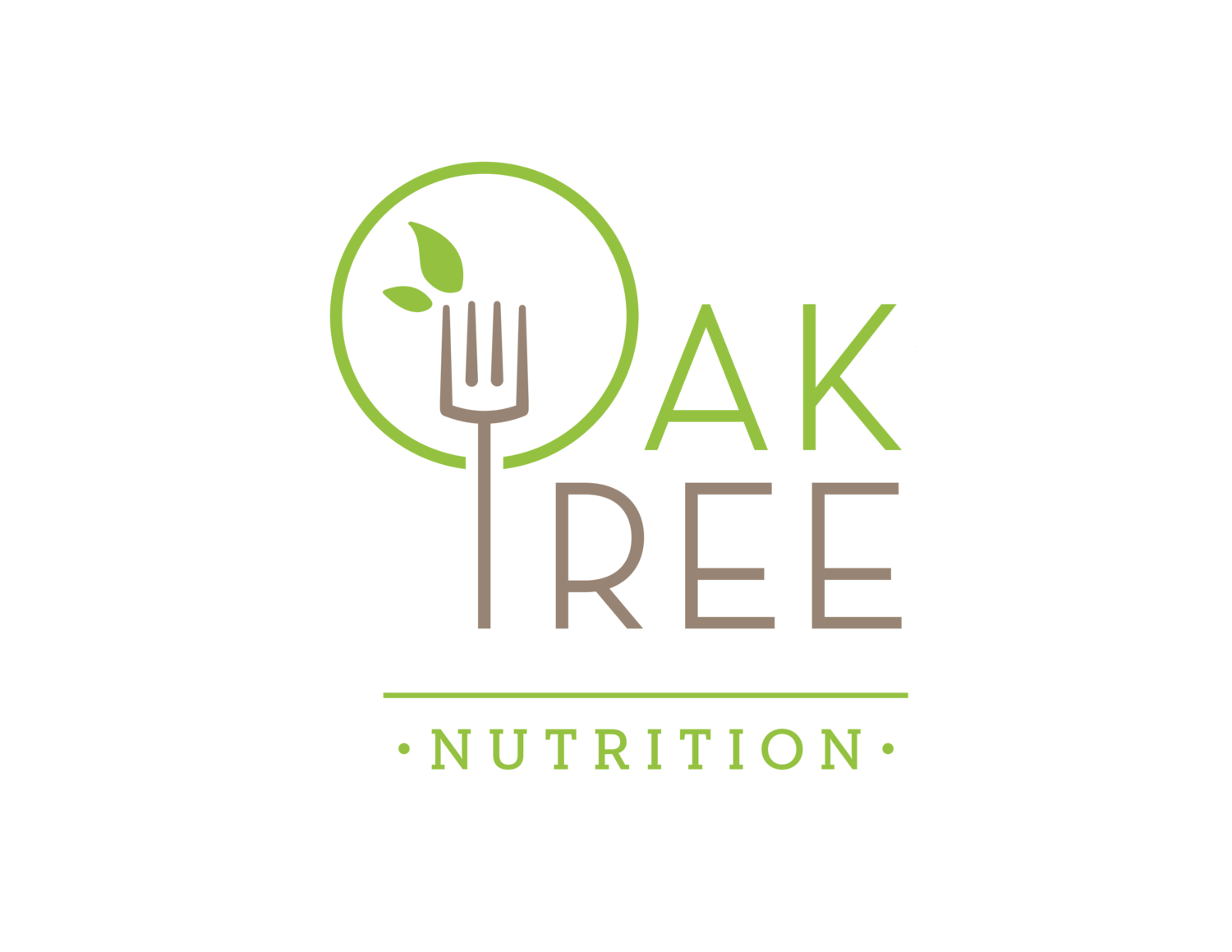What is an Intention?
An intention is a plan or goal you have for yourself. It can be a word or sentence that you tell yourself to help deal with feelings you would like to change or a way to add value into your life.
For example, are you feeling scared and intimidated by something? Change your thoughts from "I am a failure and not good enough for this action" to "I am a strong person and I can do this action."
Intentions are more powerful than resolutions because they make you go inward to create change. They allow you become more mindful and honest with yourself, making you really think about what is behind a thought or feeling you might have.
For example: "I want to lose weight", may really mean, "I want to be happier or I will be happier if I just lose 10lbs".
But will you really be happier if you lose that weight? Or will you continue to put yourself down every time you miss a gym day or eat something “bad.”
By changing the way we think about ourselves, the way we talk to ourselves and the way we treat ourselves will help create a strong foundation to create lasting changes and a happier, healthier you.
Think about it this way – if we start building a house without the proper foundation, the house cannot withstand much of the environmental stressors placed on in. Much in the same way, when we continue to tell ourselves that we are fat or not good enough to accomplish something, even if we do reach our goal, it will not be sustainable and we won’t be happier.
If you reach your goal of losing weight or not eating chocolate, for example, but still have negative feelings about yourself, your body or whatever else it is, as soon as a life stressor comes in and you feel like you have fallen off the resolution train, up goes the weight or there goes the chocolate binge.
So cut yourself some slack, because whoever you are, I know you are amazing, and start filling your mind with those positive intentions that will get you far!
Here’s the How To:
- Start by looking inward. Reflect on what you want, what types of things you tell yourself, who these words may actually have come from (hint, it’s not you). This could be through exercises like mediation or writing in a journal.
- Next, think about what your resolutions have been in the past? How did they make you feel? (i.e. anxious, sad because you can never have chocolate again, worried because you may not be able to go to the gym seven days a week?)
- Think about how you want to feel this year.
- How can you reframe your thoughts to help nurture these feelings?
- Set your intention. Be specific. Create a short sentence of phrase for yourself.
- Post this phrase on your mirror, computer, phone, etc. Repeat this intention during yoga, when you wake up, after a meal, before you go to bed, just whenever you remember!
Examples:
Have negative thoughts about your body?
Intention: I intend to love myself and my body more. Say, "I love myself and my body".
Feeing weak?
Intention: Say, "I am strong".
Unlike resolutions, if you stray from your intention, do not be hard on yourself. Remember, this is about the journey, not the destination. Let go of the desire to be perfect. Increase self-compassion, remind yourself of your intention and keep going.
With all of this said, intentions can be made any time during the year. If January 1st is not the right time for YOU then save if for a different time.
From my heart to yours,
Xo Lisa



























